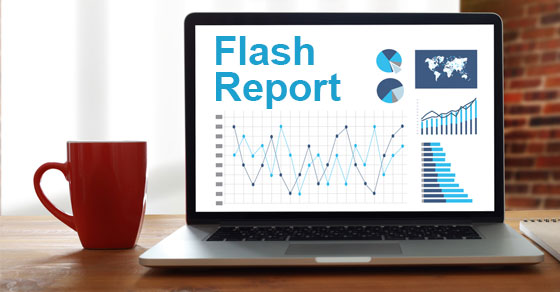Start cross-training your accounting team today
The accounting profession is facing a talent crisis. The U.S. Bureau of Labor Statistics estimates that roughly 17% of U.S. accountants and auditors have left their jobs over the past two years, leaving some open positions unfilled for many months. And the American Institute of Certified Public Accountants (AICPA) estimates that 75% of CPAs have plans to retire within the next 15 years. There are also fewer new accountants entering the profession: Accounting undergraduate degrees were down almost 9% from 2012 to 2020, according to the AICPA.
Today’s shortage of accountants and high turnover rate in the profession are creating a need for modern accountants to broaden their skills and become more adaptable within their organizations. In fact, a growing number of public companies are disclosing gaps in accounting personnel as a material weakness in their internal controls over financial reporting that could potentially lead to fraud.
What can your business or nonprofit organization do to alleviate such concerns? One possible solution is to consider cross-training your accounting personnel beyond their current job descriptions.
Benefits abound
The most obvious benefit to cross-training is having a knowledgeable, flexible staff who can rise to the occasion when another staff member is out. Whether due to illness, resignation, vacation, or family leave, accounting personnel may sometimes be unavailable to perform their job duties.
Another benefit is that cross-training nurtures a team-oriented environment. If staff members have vested interests in the jobs of others, they likely will better understand the department’s overall business processes, leading to enhanced productivity and collaboration. Cross-training also facilitates internal promotions because employees will already know the challenges of and skills needed for an open position. In addition, cross-trained employees are generally better-rounded and feel more useful.
Additionally, the accounting department is at high risk for fraud, especially payment tampering and billing scams, according to the 2022 Report to the Nations by the Association of Certified Fraud Examiners (ACFE). If employees are familiar with each other’s duties and take over when a co-worker calls in sick or takes vacation, it creates a system of checks and balances that may help deter dishonest behaviors. Cross-training, plus mandatory vacation policies and regular job rotation, equals strong internal controls in the accounting department.
How to cross-train
The simplest way to cross-train is usually to have employees take turns at each other’s jobs. The learning itself need not be overly in-depth. Just knowing the basic, everyday duties of a co-worker’s position can help tremendously in the event of a lengthy or unexpected absence.
Whether personnel switch duties for one day or one week, they’ll be better prepared to take over important responsibilities if the need arises. Also, encourage your CFO and controller to informally “reverse-train” within the department. This will prepare them to fill in or train others in the event of an unexpected employee loss or absence.
For more information
If your organization is having trouble attracting and retaining accounting personnel, it’s not alone. Cross-training your current staff can mitigate accounting personnel concerns not only by preparing staff for the potential departure of a co-worker, but also by fostering a rewarding work environment that nurtures your staff’s career development. Contact us to help you develop an effective cross-training program that’s right for your business or nonprofit.
© 2023





